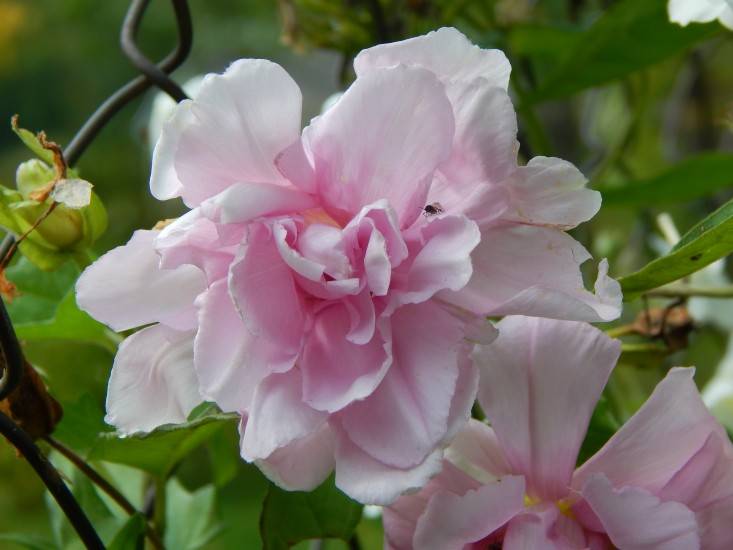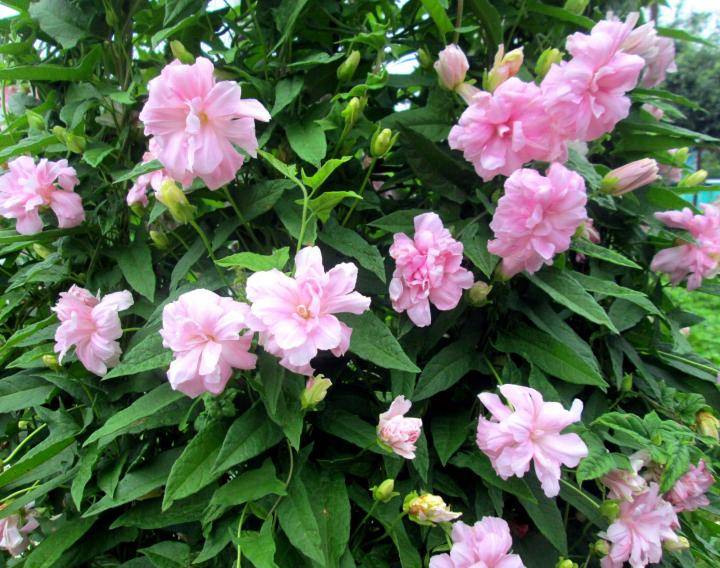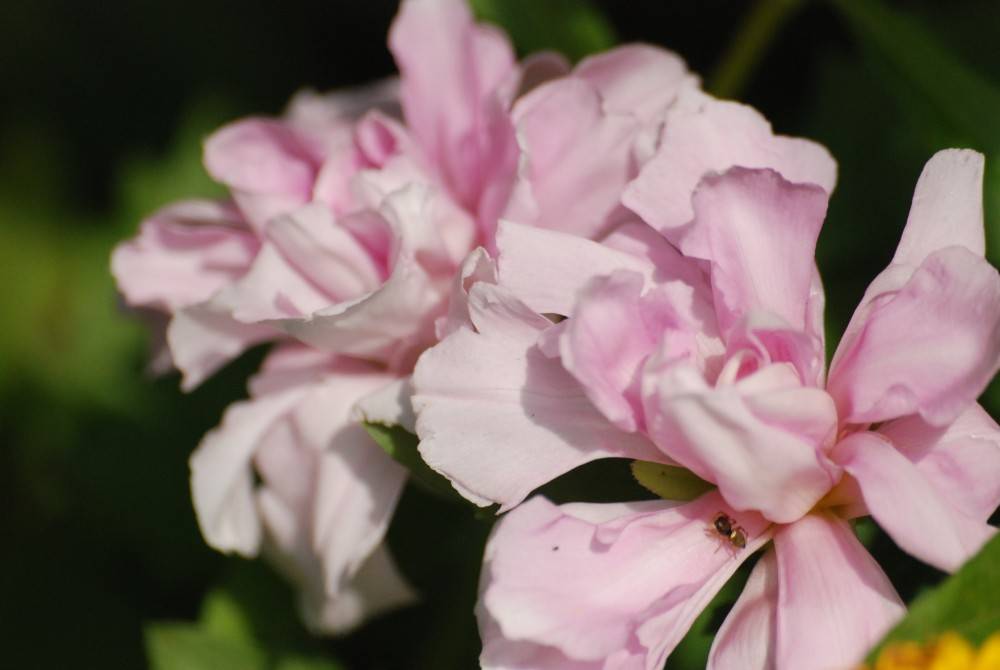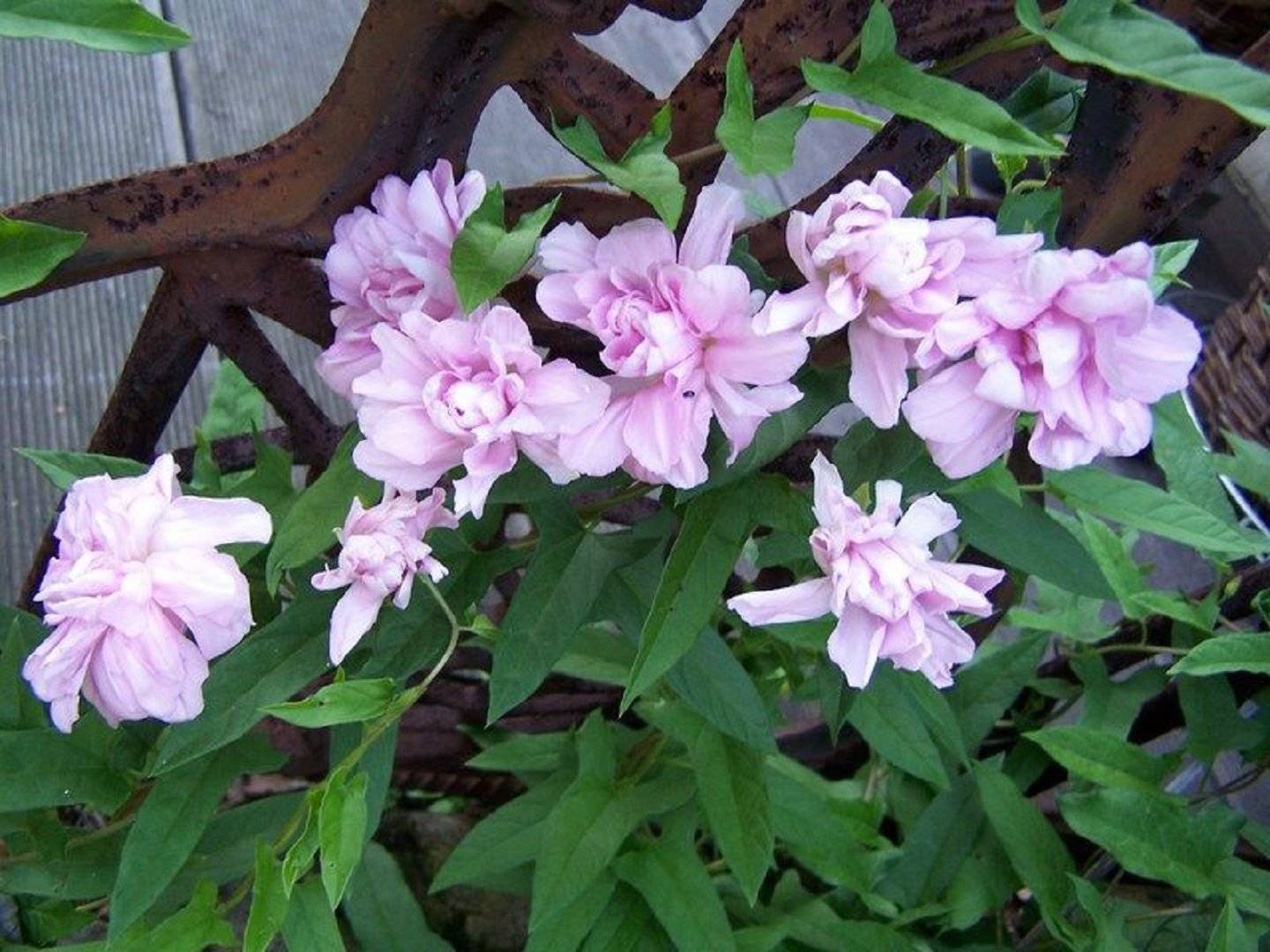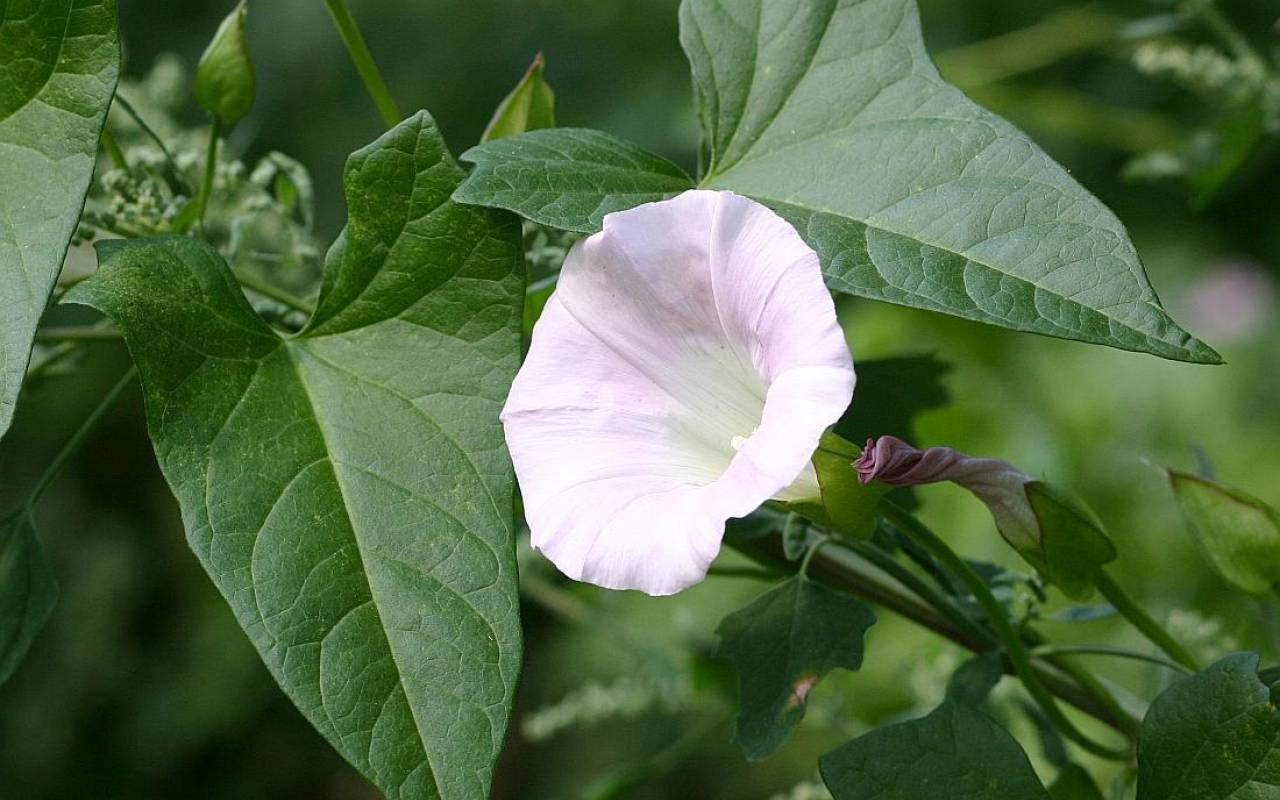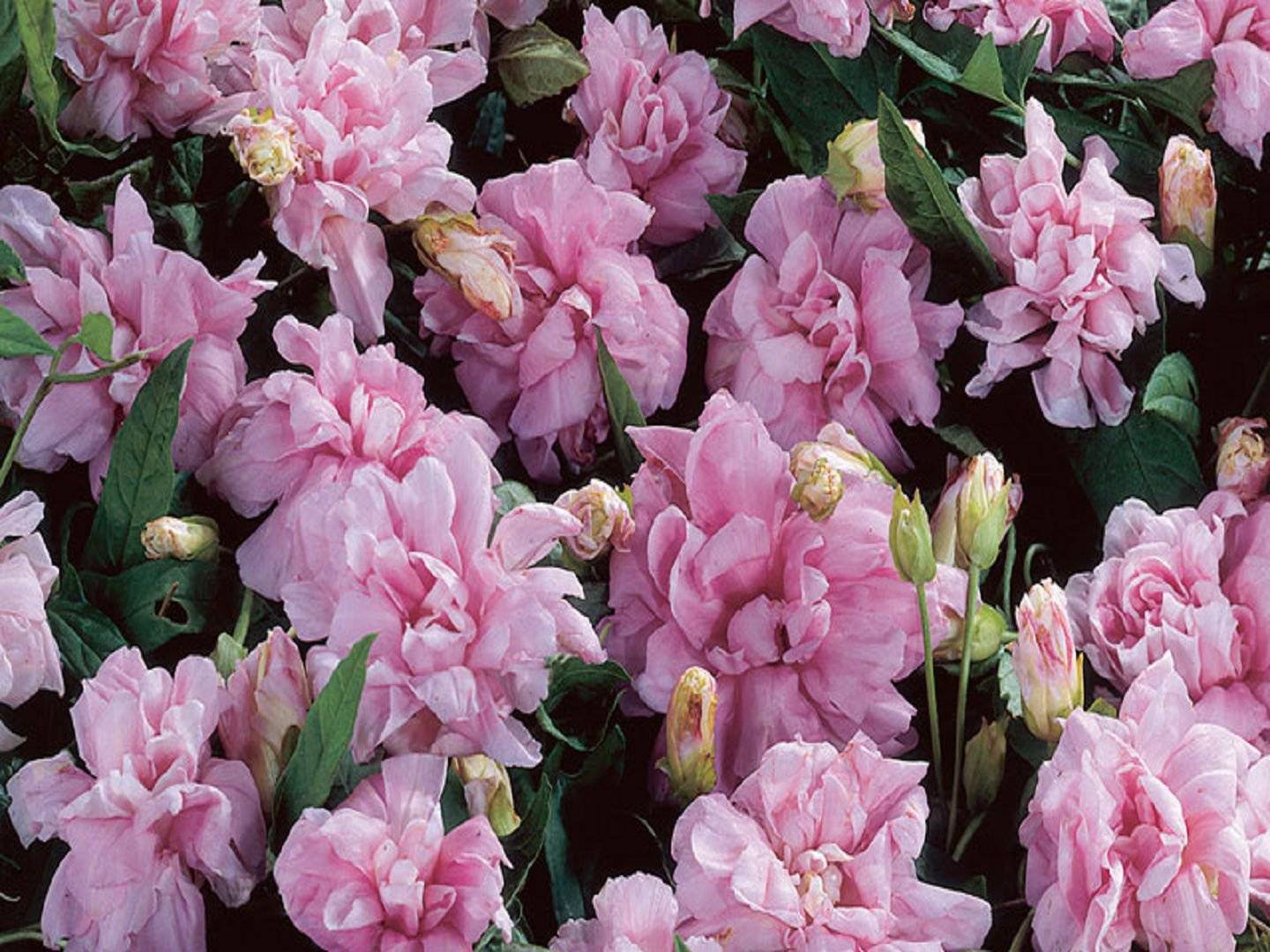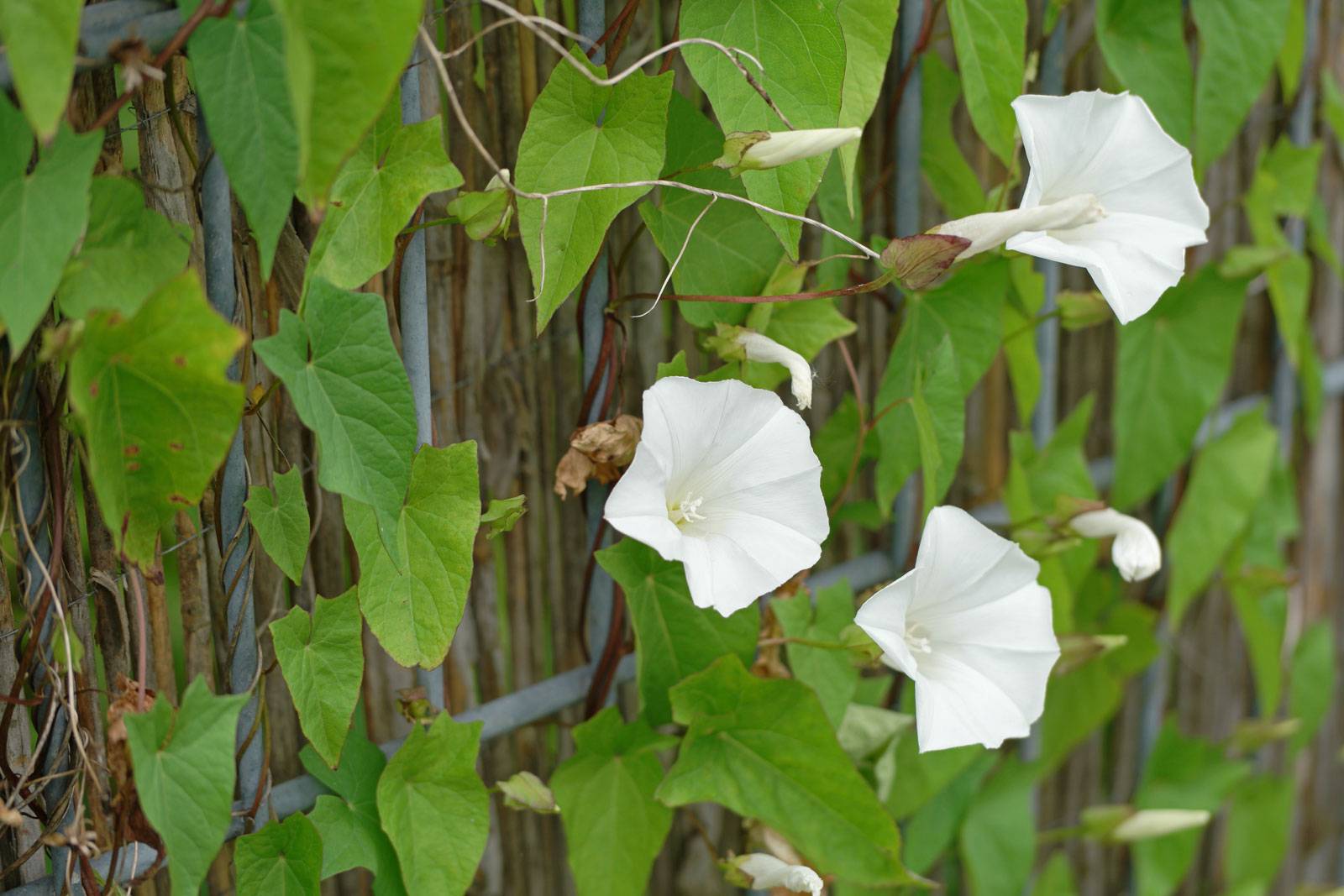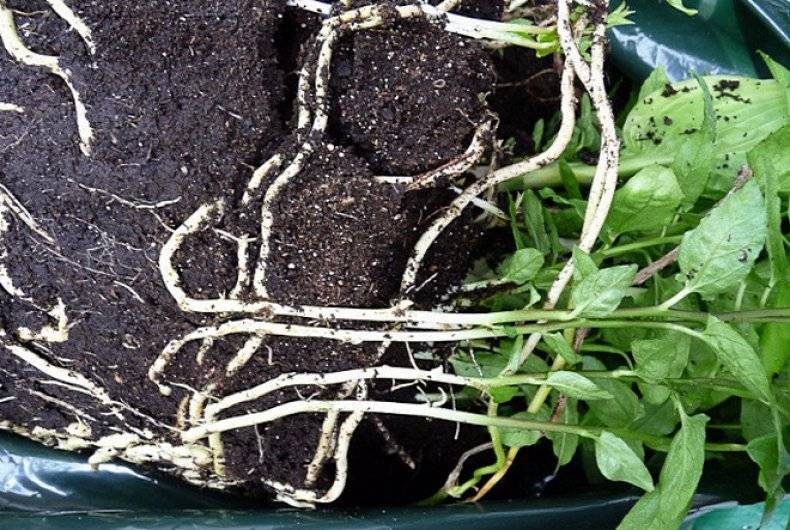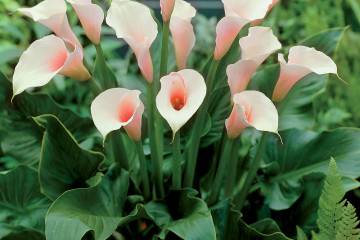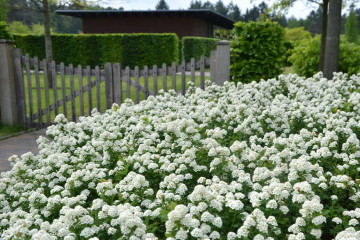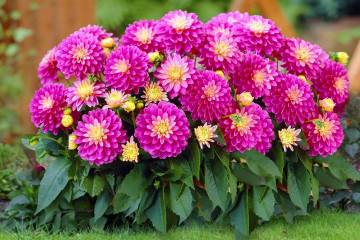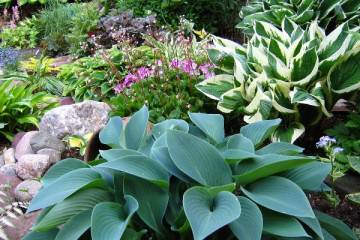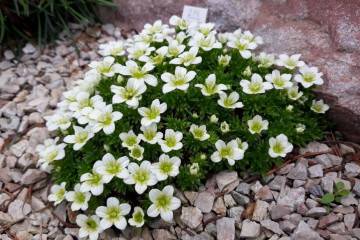Kalistegia - planting and care, description
Content:
The garden perennial calistegia has an interesting common name - new fence, which fully reflects its predominant use in landscape design. Bindweed with shoots up to 3 m long pleases with long and graceful flowering.
Characteristics of calistegia: varieties and varieties
Calystegia sepium is a herbaceous perennial belonging to the Convolvulaceae family. It has a long, branched creeping rhizome, producing numerous green shoots up to 3-4 m in length. The leaves are usually pointed, reminiscent of ivy. The stems are brown and strong, easily wrapped around any support.
Buds emerge from nearly every leaf axillary. The flower is formed by fused petals in the form of a gramophone up to 6-10 cm in diameter, but there are also terry varieties. From the faded pollinated flowers, small (up to 1 cm in diameter) boxes with small numerous seeds are formed.
In garden stores, you can buy seeds or seedlings of the following types of calistegia.
Fluffy
Many modern hybrids with double and simple flowers have received genes from this species. It is the largest representative of all calistegia lianas, as the shoots grow up to 4 m in length. The surface of the leaves is leathery dark green, their shape is arrow-shaped. The buds are pale pink with a richer base. The diameter of the corollas is on average 4-9 cm, the aroma is pleasant.
Flore Pleno
The genotype of the variety is closest to fluffy, it has a pink color of flowers up to 9 cm in diameter. Leaves of classic shape with velvety pubescence. Stems up to 3 m. Ivy calistegia Flore Plena blooms from July to frost and is highly frost-resistant.
Terry
Bulk group of varieties with double flowers. The buds are usually pink and have a pleasant aroma. The plant is often referred to as the French rose, and its corollas have a lot in common with peonies and rose hips. Slender stem up to 4 m long, dark green leaves.
Intake (Calystegia sepium)
In the climate of the temperate zone of the northern hemisphere, the species is distributed almost everywhere, like a weed. It can be found on almost any fence near summer cottages. The inflorescence is white or pink, simple up to 4 cm in diameter. Arrow-shaped leaves are rare, grow back alternately. Blooms from July to September.
Multiplex
A very decorative variety with shoots up to 3.5 m long. The foliage grows very densely, and the flowers are double light pink up to 9 cm in diameter.
Ivy (Japanese)
Japanese calystegia (Calystegia japonica) is a vine with shoots up to 2.5 m long. Its double flowers up to 9 cm in diameter shimmer from light pink to white. It is also called ivy calistegia, as the leaves have 3 lobes and are colored green.
Calistegia: planting and care
All types of Siberian rose calistegia are characterized by generative and vegetative methods of reproduction. However, in garden shops, you can often find only seeds. Therefore, depending on what kind of planting region, sowing in open ground or the seedling method is chosen.
Kalistegia: planting and care in the open field with seeds
The optimal sowing time is late April - early May. Under favorable conditions, seedlings will appear after 10-14 days. The optimal distance between plants is at least 25-30 cm, so excess seedlings are removed.
Planting seedlings
To obtain flowering at an earlier date, you can sow seedlings in early March. Seeds are sown in individual 100 ml cups, then transplanted into open ground along with a lump of soil at the beginning of May. The germination time at room temperature is no more than 14 days.
Watering and loosening the soil
Where it rains every week during the summer, no watering is needed. A powerful rhizome has the ability to accumulate moisture in itself. Liana is more likely to suffer from the bay. It is usually watered once a week only in arid regions, where rain is extremely rare in summer.
Reproduction methods
The easiest way to propagate bindweed is to divide its rhizome in spring or autumn into several parts and immediately plant it in a new place. In the second half of summer, parts of green shoots can also take root when their stems are already sufficiently coarse.
Top dressing and fertilizers
The cultivation of terry kalistegiya involves the introduction of a large amount of humus into the soil in early spring. In the future, it will be necessary to water the whole summer with an interval of 2 weeks with water diluted in it with a complex mineral fertilizer for flowering plants. After pruning the withered aerial part, the soil is abundantly sprinkled with wood ash.
Transfer
For transplant, you should choose the end of May or the beginning of September. A piece of rhizome with several buds is dug out and planted in a new place. In some varieties, it is so thick that it resembles a tuber. In the summer, during flowering, it is undesirable to carry out a transplant.
Pruning calistegia
All summer in the garden in order to preserve the attractive appearance of the loach, it is carefully freed from wilted corollas. In autumn, with the arrival of cold weather, the aerial part is cut off almost to the root, freeing up the support.
Pests and diseases
Of all garden pests, slugs and snails pose the greatest threat to loach planting. In the shade of creeper leaves, pests feel great and willingly eat leaves and flowers. Specialized insecticides, for example, a thunderstorm, will help get rid of their invasion.
Flowering period and care during this period
Most varieties have their first buds in mid-June. Then flowering lasts continuously until frost. At this time, no special care is required, only moisture and periodic feeding are needed.
Preparing for winter
The winter hardiness of the war is so high that no measures are required for most species (except for fluffy ones) in the fall. Plants of the first year of life, as well as planting in regions with dry, snowless winters, are sprinkled with a layer of fallen leaves or peat.
Use in landscape design
On a personal plot, it is easiest to grow a new one at any support: an arch, a fence, a pergola, pillars, gazebos, etc.It is necessary to plant taking into account the tendency of the vines to letting numerous root suckers, so there should be an obstacle in their path, for example, a curb at the edge of the path.
It is not at all difficult to care for and grow calistegia, so it can be confidently included in the kit of a novice florist. Delicate fragrant flowers can become the hallmark of any flower garden.
